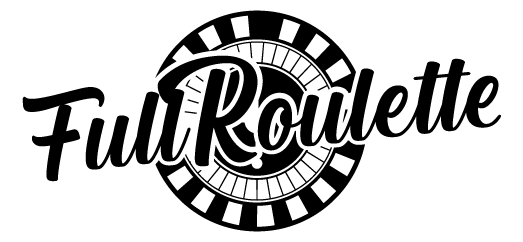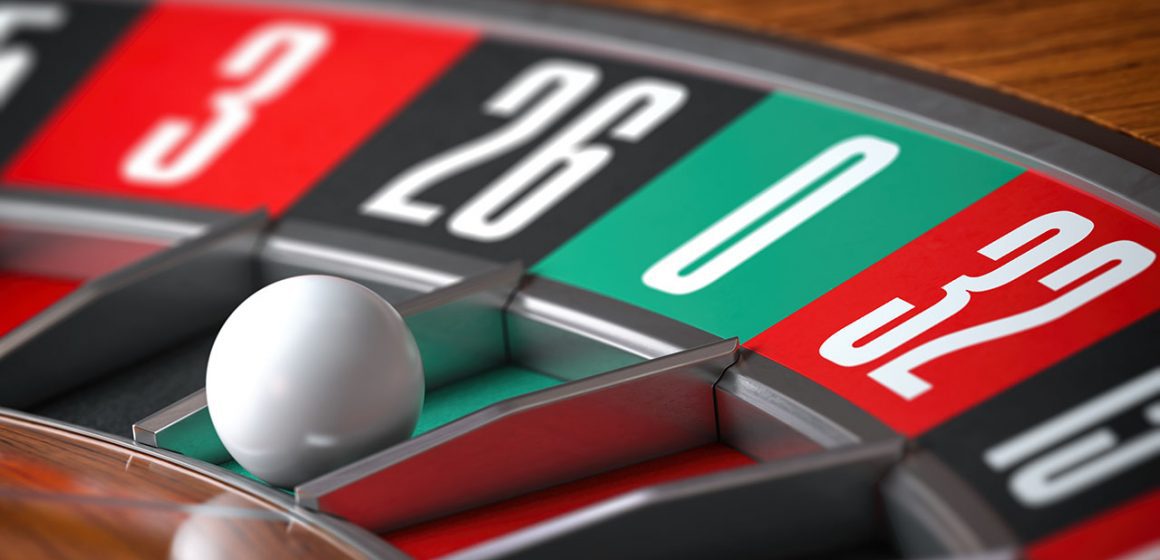Over the years, people have created mathematical strategies to beat casino games. Roulette is no exception. There have been various attempts across history by people to get an edge on the house. A few players have used physics to beat roulette, and you’ll be surprised to know that you can beat roulette with physics using a system called Kesselgucken.
Below, we have explained everything you need to know about this unique strategy.
Kesselgucken Roulette System
The Kesselgucken roulette system is a method of attacking roulette that can be easily sustained over long periods and is bound to give the player a good outcome when played correctly, according to the rules.
Kesselgucken is a German word by origin, meaning “observational” in English. In this method, the player utilizes the rules of physics to forecast where the ball will fall by observing, analyzing, and studying the factors that may affect where it lands.
This method was introduced by Ed Thorpe along with his colleague Claude Shannon, who had a Nobel Prize. They created the first wearable computer to anticipate where the roulette ball should land. Numerous factors affect the predictions in classical mechanics for roulette physics. Among these factors, some important ones are:
- The Release point
- The Ball’s Initial Speed
- Gravity
- The Wheel’s Initial Speed
- The Bounce coefficient
The entire system was straightforward, where all Ed and Claude had to do was put in the initial velocity that the ball possessed after one revolution, and the computer itself would manage the rest.
Before the croupier gave the call of “no more bets,” the series of equations had to be completed by the computer. In this way, these two scientists garnered a considerable amount of cash by using the roulette physics computer and were eventually banned as a result.
After the abolishment of the roulette computer, players had to devise alternative methods to attack the wheel without using a device. This is where the Kesselgucken approach came to the forefront. This method was not as effective as the computer used earlier, but nevertheless, it was better than others.
It was possible to forecast where the ball would land using a computer up to a span of 5 numbers, or 1/8th of the wheel. Someone who wagered $1 on five different numbers would win an incredible $33 for every spin with complete accuracy. As the bet amount rises, the figures just get larger.
When employing a non-computer method, the profits are not substantial, but they are still quite good. If a player chooses to wager $15 rather than $5, at a payout of 36:1, they can expect a hit rate of 100% and a consequent net profit of $20 for each spin.
This is an extremely potent and effective strategy when used correctly since a profit may be produced with a hit rate lower than 35% as well. Let’s go over a few steps to run the system effectively.
Release Point
The release point is the first and most crucial step. Each roulette croupier has a signature, which is a well-known concept. A description of the croupier’s physical motions when releasing the ball into the wheel can be described as their signature. The dealer’s release of the ball onto the track on the outermost rim is the first element of the croupier signature. For each spin, a croupier will typically release the ball from the same position. As a result, the starting position is crucial.
The Ball’s Initial Speed
The next step is the initial velocity with which the ball has been released. With the roulette computer, Shanon and Thorpe achieved this by clicking a button once to measure the starting point and clicking it again when the ball had completed one whole revolution.
The landing point was then predicted by using the initial angular velocity of the ball. When there is no computer, the player is bound to watch over the croupier for some hours before deciding to play live roulette in the dealer’s competition. The player times how long it takes for a revolution to be completed and calculates its length with the help of a stopwatch.
The distances are then calculated on an average for the mean time to be obtained. On average, about 100 spins should be sufficient. When π= 3.14 and r is the wheel’s radius, the distance covered during one revolution is around 2 πr.
Now, with the help of the physics formula, Velocity=2πr/time is taken. The result is that the player discovers that the velocity remains consistent for every individual croupier after almost 100 trials and calculations.
Gravity
With information about the ball’s initial velocity and release position, the player can easily predict where the ball will enter in the number baskets on the wheel. The ball is separated from the outer track with the same velocity each time. Once the ball enters the area where the numbered basket slots are, gravity comes into play, and the ball travels down the sloped angled track.
The Wheel’s Initial Velocity
By determining the ball’s entry point within the roulette basket, only one-half of the game gets covered. The wheel plays a significant role in this game’s second part. The wheel continues to spin while going in the opposite direction of the ball.
Like the speed of the ball, the wheel’s rotation speed also remains highly consistent with different dealers. The very same 100 spins, as discussed above, should be used to assess the velocity of the wheel as the dealer’s initial velocity measurement. The average must be calculated and used in the same way as for the velocity calculations.
Bounce Coefficient
The bounce coefficient is the last element of this strategy. The bounce coefficient indicates the number of spaces the ball passes before coming to rest. Calculating the bounce coefficient is somewhat complicated and varied. Similar to before, it necessitates numerous observations, documenting, and averaging and is also highly dependent on the signatures of the croupier.
Final Verdict
It is possible to beat a roulette wheel using physics, but it requires a lot of planning and effort. The first error that most gamers who try this strategy make is to start taking measures at a casino immediately, which frequently leads to frustration and giving up. The player must invest something in the game to learn roulette. By practicing the strategy at home in a controlled environment, you can master it before employing it in the actual world of roulette.


Leave a Reply